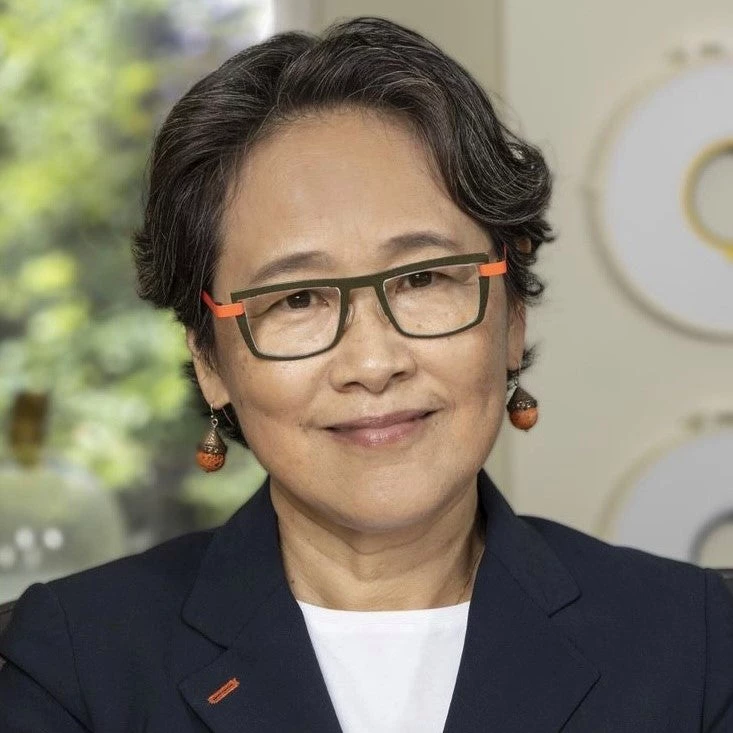The coronavirus (COVID-19) pandemic is rapidly evolving. Almost every day, case numbers are increasing, and governments are changing restrictions. While the impacts of the global pandemic are cross-cutting, the effects are particularly damaging for the poor and vulnerable, with potentially devastating and long-lasting consequences. Policymakers need timely and relevant information on the impacts of the crisis as well as the effectiveness of their policy measures to save lives and support livelihoods.
Surveys based on face-to-face interviews are hindered by social distancing protocols and limitations on mobility. Phone surveys, on the other hand, do not require face-to-face interactions. They can be deployed rapidly; implemented at low cost; used to regularly collect longitudinal information from individuals, households, firms, and community representatives; and adapted swiftly to changing circumstances.
The World Bank has significant experience using phone surveys to monitor welfare in many circumstances, including in times of crisis and in response to emergencies. As documented in the book Data Collection in Fragile States: Innovations from Africa and Beyond, phone surveys were successfully rolled out during the Ebola crisis and have been used to monitor the impact of extreme climate events. The first initiatives, Listening to Africa and Listening to LAC, date back to 2011. While in most cases these surveys have been short-lived, some of them have been running for years now. For example, Listening to Tajikistan, a panel survey, has been under implementation for more than five years and over 62 survey rounds.
Building on this experience, World Bank-supported phone surveys to monitor the impacts of COVID-19 on households and individuals are currently under preparation or being implemented in more than 100 countries across all developing regions. This includes large-scale regional surveys in South Asia and Latin America targeting 42,000 and 13,000 households, respectively. Survey rounds will be conducted every 4-6 weeks over a period of 12 months.
A coordination working group, which includes experts from teams across the World Bank, has been created to support these efforts. Over the past few weeks the group has been working hard to develop best-practice technical materials and implementation protocols to be used by country teams. This approach has enabled us to accelerate survey preparation and exploit economies of scale in the design phase. In addition, the modular structure of the global template questionnaire allows for adaptation of the survey to the country context and information needs, while facilitating cross-country comparability and analysis. All materials will be updated periodically to incorporate lessons learned during survey implementation and data analysis. They can be accessed using these links:
- Overview of the initiative
- Guidelines on sampling for high-frequency phone surveys
- A questionnaire template, with core and optional modules, accompanied by an overview and a manual, and
- Guidelines on the implementation of CATI-based data collection.
Although the main objective of these phone surveys is to inform how the World Bank supports countries’ policy responses to COVID-19, the data they generate are public goods. Hence our goal is to publicly release information on selected indicators as soon as possible after every round of data collection. Also, whenever feasible, we will make anonymized microdata available in the World Bank Microdata Library, recognizing that there are country specificities with respect to data access and remaining mindful of data privacy considerations.
It’s also important to note that phone surveys are not a panacea for every situation. They have limitations, including under-coverage of groups with poor network connections or limited access to phones. They are known to be affected by high levels of non-response and attrition. The practical length of the interview is also an issue, limiting the breadth and depth of the information that can be collected over the phone. We will be documenting our experience with these issues widely as the initiative unfolds. And in the majority of the surveys, the sampled phone numbers are for households and individuals that had been interviewed face-to-face by a recent survey. As such, we have the data to understand and account for selection biases associated with lack of cell phone ownership, non-response, and attrition.
The lack of timely and reliable information on the social and economic impacts of COVID-19 highlights the need to invest in country-level monitoring systems and statistical preparedness as part of the recovery, so that data can be effectively used for better development outcomes. Given the scale of the exercise, we are keen to capitalize on this effort to build capacity for high-frequency monitoring over the medium term. For this purpose, we are working closely with national statistical offices in the implementation of phone surveys. We aim to ensure that their design is aligned with that of traditional, face-to-face household surveys. We also seek to build local technical and implementation capacity, thus planting the seed for creation of national high-frequency observatories than can be integrated into national statistical systems.




Join the Conversation